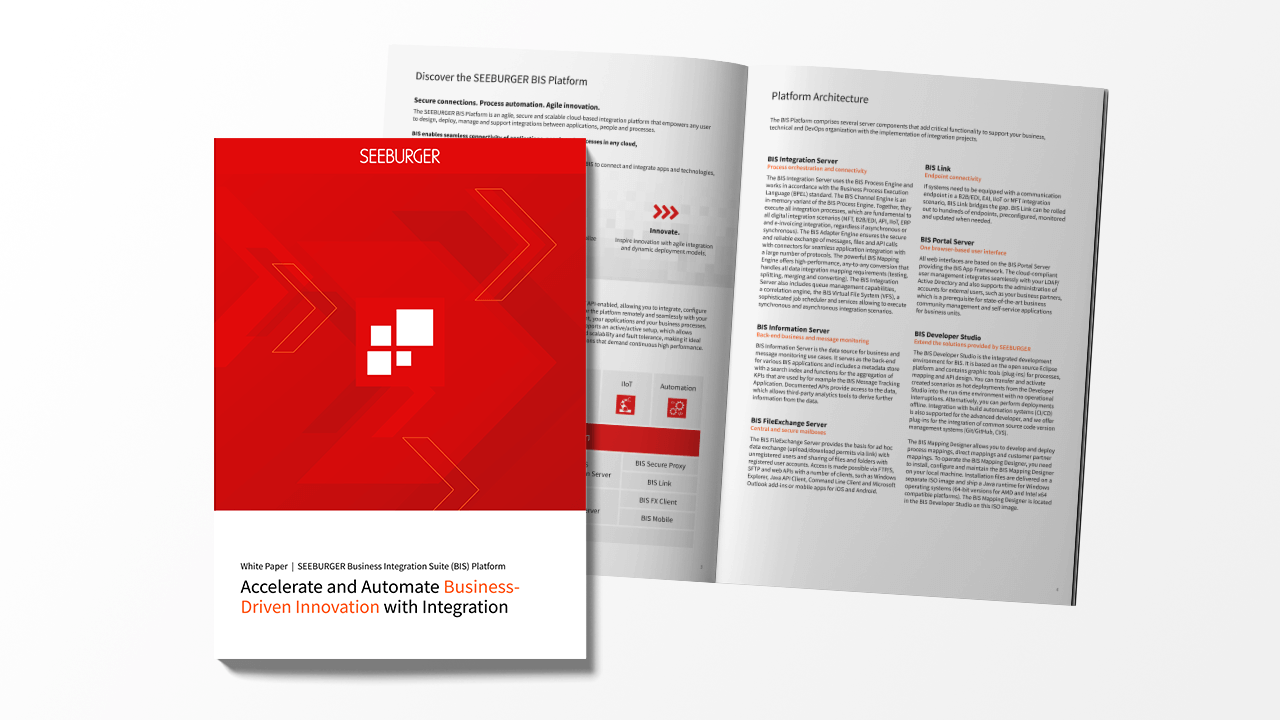
What is an ANSI X12 EDI 846 Message?
Find out how the ANSI X12 EDI 846 message is reshaping the procurement process.
1. Executive summary: ANSI X12 EDI 846
An ANSI X12 EDI 846 (Inventory Inquiry/Advice) message is used to send inventory information between customers and suppliers, and replaces the historical paper based version of this document. This is used by customers to inform their suppliers of their held inventory and stock levels. They are used to describe the current availability of stock or goods and can be used to inform about initial stock, final stock, and the movement of goods between warehouses for a specific period.
2. Usage of the ANSI X12 EDI 846 message
A supplier of goods would use the ANSI X12 846 Inventory Inquiry to update their customers with their current stock levels and future stock levels. This allows these customers to plan their future orders, and the supplier can start selling its goods before they have been produced or have arrived to site. These messages are also used to inform customer that items are out of stock, and inform them of future products which are being added to their stock.
A customer of a supplier would use the ANSI X12 846 Inventory Inquiry to let the supplier know how much stock they currently have of a previously ordered item, and such a 846 message could be used to trigger an instant shipment of materials, if an automatic replenishment agreement has been made between them.
The EDI 846 message is a mandatory message type within some industries, such as VMI (Vendor-managed Inventory) and Retail Drop Shipping. Although this may not be deemed an essential message in other industries, it is still widely used throughout.
3. Processing of the ANSI X12 EDI 846 message
Once a supplier receives a new 846 EDI message, their EDI solution can process this information and convert it to their own in house ERP format. Once in this recognized format, this information can be imported into the ERP system and update the customer’s current and future stock levels to aid future orders from them. This can also trigger an automatic replenishment of goods, if an agreement to this has been agreed, prior to the receipt of the document.
In a retail workflow, the role of an ANSI X12 EDI 846 message shows up mid-way though the exchange sequence and could be sent many times throughout:

4. The ANSI X12 EDI 846 structure and examples
An Inventory Inquiry / Advice can contain a range of information that details either the customers or suppliers stock levels. The message is sent, received, and processed by an EDI Solution, which could either be an online EDI Cloud Service or an in-house EDI software solution.
A typical ANSI X12 EDI 846 message contains:
- Name and address of both the supplier and customer
- Item reference numbers and descriptions
- Quantity or goods (both on hand and in float)
- Current ordered quantity and future order commitments
- Warehousing and delivery location
- Returns
ISA*00* *00* *ZZ*SENDER *12*RECEIVER *231014*0201*U*00401*000000001*0*P*>~
GS*AL*APP SENDER*APP RECEIVER*20231014*0201*0001*X*004010~
ST*846*0001~
BIA*00*LC*ABC123*20231014*1547~
N1*WH*SEEBURGER AG*1*4019315000007~
LIN*1*BP*12345~
REF*LT*123~
QTY*33*100*EA~
SE*7*0001~
GE*1*0001~
IEA*1*000000001~
5. ANSI X12 EDI 846 message benefits
The transmission of inventory details provides several benefits:
6. What is comparable to ANSI X12 EDI 846 in other EDI standard formats?
The equivalent of an ANSI X12 846 Inventory Inquiry / Advice document within the EDIFACT format would be both INVRPT (INVentory REPort) as well as EDIFACT RECADV (Receiving advice message). In some scenarios EDIFACT messages are very common with Europe and Asia.
VDA messages are commonly used in the automotive industry, and the VDA 4990 Global Inventory report would be the equivalent message sent if using the VDA standard of messages.
7. Integrate EDI 846 into your business
Business integration connects your company's IT systems with customers and suppliers over EDI in a stable and cost-effective way. SEEBURGER provides you all the options booking an EDI Cloud Service in the SEEBURGER Cloud or operating the system yourself on your own premises or running it in a public cloud environment like Google, Azure, AWS etc.










